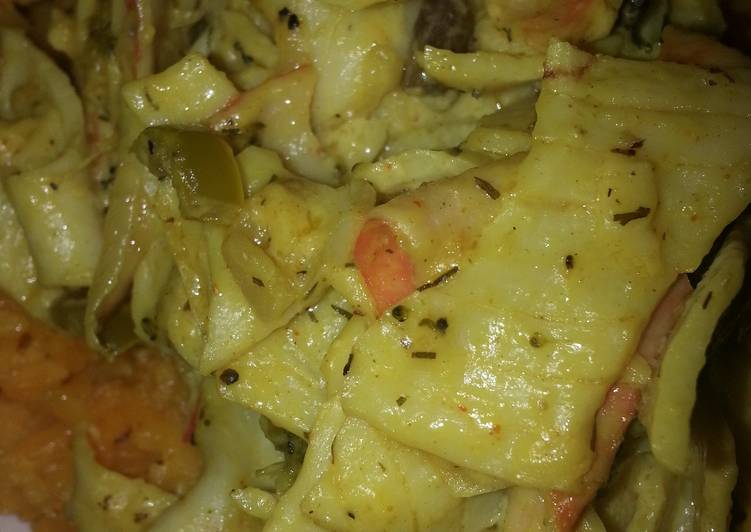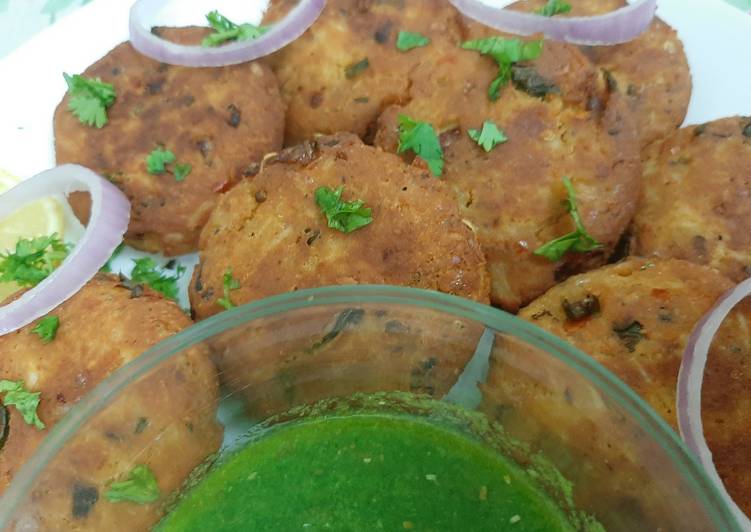
Hey everyone, it’s Louise, welcome to our recipe site. Today, I’m gonna show you how to prepare a distinctive dish, home-grown fresh green tea: how to process freshly picked green tea leaves in a microwave. It is one of my favorites. For mine, I’m gonna make it a bit unique. This will be really delicious.
Home-Grown Fresh Green Tea: How to Process Freshly Picked Green Tea Leaves In a Microwave is one of the most favored of current trending foods in the world. It’s easy, it’s fast, it tastes yummy. It’s enjoyed by millions daily. Home-Grown Fresh Green Tea: How to Process Freshly Picked Green Tea Leaves In a Microwave is something that I’ve loved my whole life. They’re nice and they look wonderful.
No technology to process tea leaves? Here's a traditional method of processing green tea leaves. The tea pickers have to pick the fresh leaves from the apex.
To get started with this recipe, we must first prepare a few ingredients. You can have home-grown fresh green tea: how to process freshly picked green tea leaves in a microwave using 1 ingredients and 11 steps. Here is how you can achieve that.
The ingredients needed to make Home-Grown Fresh Green Tea: How to Process Freshly Picked Green Tea Leaves In a Microwave:
- Get 1 Tea leaves (fresh)
Vitamins and iron in green tea may also help lower cholesterol and How to make tea: Warm a cup with hot water and discard the water. If using fresh lavender, put two or three flower heads and a few leaves in a tea. Green tea is the least processed among the six types of Chinese tea. It undergoes the least amount of oxidation.
Steps to make Home-Grown Fresh Green Tea: How to Process Freshly Picked Green Tea Leaves In a Microwave:
- Gather the new yellow-green leaves (3 leaf shoots).
- I gathered up one big sieve worth. This amount of leaves is processed in 3 batches.
- Start processing the leaves as soon as they are picked. It's best not to wash them, but it bothers me not to so I rinse them quickly in water.
- Drain the water off well. Put the leaves on a heatproof dish and microwave for about 2 minutes. This steams the leaves.
- The steamed leaves are hot. Taking care not to burn yourself, rub the leaves vigorously. It may be best to rub them on a cutting board… Squeeze out the moisture in the leaves as you rub them for 2 to 3 minutes.
- Put the leaves back in the microwave, and microwave for 1 minute this time. From this point on we'll be drying the leaves.
- Repeat Steps 5 and size - rub the leave, then dry them out - 5 to 6 times. The fragrance of the new tea leaves will fill the room.
- The leaves will gradually lose moisture and become crispy. When there's no moisture left in the leaves they're done.
- These are the finished leaves! If some just won't dry out enough in the micorowave, dry them in a frying pan slowly over low heat.
- Let's try brewing some. The color was quite light this time, but the flavor was strong.
- Cold iced green tea is delicious too.
The shorter processing gives green I had requested to know whether the freshly picked leaves can be dried in a a microwave oven? If so how should the best heating would be for one kg. Making green tea the correct way is a straightforward process not too dissimilar from making black She's something of a tea expert so naturally I was quite nervous! Matcha is a specific kind of green tea which is grown and prepared slightly differently and then used in a. Green tea is a type of tea that is harvested and then quickly preserved.
So that’s going to wrap it up for this exceptional food home-grown fresh green tea: how to process freshly picked green tea leaves in a microwave recipe. Thanks so much for your time. I’m confident you will make this at home. There is gonna be interesting food in home recipes coming up. Don’t forget to save this page on your browser, and share it to your loved ones, friends and colleague. Thank you for reading. Go on get cooking!


